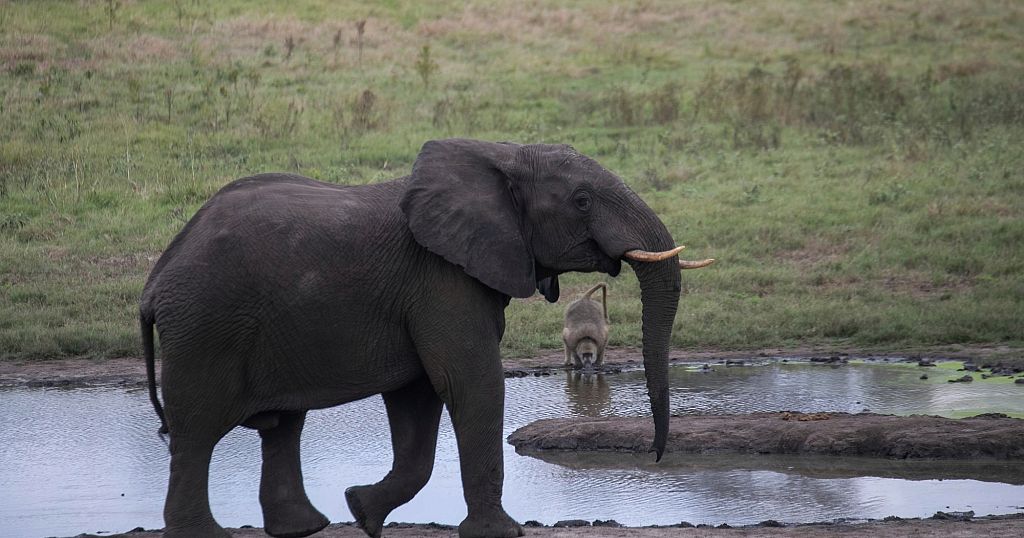A breakthrough discovery by scientists at the University of Hong Kong could significantly aid law enforcement agencies in their efforts to combat the illegal ivory trade. The team has developed a method to differentiate between elephant and mammoth ivory, a crucial distinction in the fight against elephant poaching. Despite a 1989 ban on international trade in elephant ivory by the Convention on International Trade in Endangered Species, approximately 20,000 African elephants are killed annually for their tusks, according to the World Wide Fund for Nature.
Elephant ivory has long been prized by carvers for its texture and color, notes Dr. Pavel Toropov, an author of the article published in Frontiers in Ecology and Evolution. However, traffickers often disguise elephant tusks as mammoth ivory, which can be traded legally. Mammoths, having gone extinct about 10,000 years ago, leave behind tusks that traders excavate from under the Siberian permafrost. While elephant and mammoth tusks may appear similar to the untrained eye, the ivory from the prehistoric mammoths is of lower quality.
China, once one of the world’s largest markets for elephant ivory, implemented a complete ban on ivory sales as of December 31, 2017. Yet, smugglers continue to exploit loopholes by using mammoth tusks to circumvent regulations. Dr. Toropov highlights the challenge, saying, “Mammoth ivory can be used as a laundering method for elephant ivory. A shipment comes in of absolutely legal mammoth ivory, labelled as such, and customs let it through. But within that, you can mix elephant ivory.”
The difficulty in distinguishing between the two types of ivory lies in their similar appearance, which often leaves law enforcement agents without the necessary training to recognize the difference. Scientists have now found a way to use chemistry to differentiate between the materials. Since elephants and mammoths lived in contrasting environments, the water they drank contained hydrogen and oxygen in different forms, known as isotopes. By comparing these isotopic signatures, experts can determine which species a tusk belongs to.
The potential of this method is vast, as Dr. Toropov explains, “The idea is to create a tool for law enforcement. It’s quick, it’s cheap, but it requires a lab. So the idea is that law enforcement work with laboratories who have that method dialled down, and then that can be made very efficient.” This breakthrough comes at a critical time, given the alarming decline in elephant populations from 12 million a century ago to around 400,000 today, as reported by the World Wide Fund for Nature. The ability to accurately distinguish between elephant and mammoth ivory could significantly bolster efforts to protect these majestic creatures and combat the illicit trade that threatens their survival.
